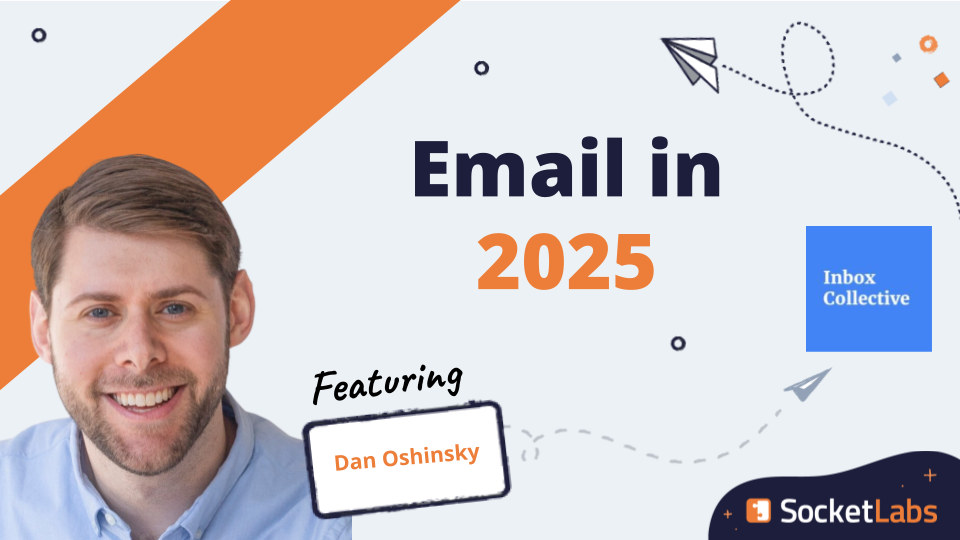Please welcome Dan Oshinsky!
Dan Oshinsky runs Inbox Collective, a consultancy that helps news organizations, non-profits, and indie newsletters get the most out of email.
Dan Oshinsky works in an industry less common than others; lots of newsrooms and nonprofits. Their communications are markedly different than a typical B2B or B2C email campaign. He shines a spotlight on something super unique but applicable (and important): personalized data and how to consolidate it and make decisions based on it rather than sending mail and hoping for the best. Take a deeper look at his thoughts about the future of email.
How do you see email fitting into the marketing mix in 2025?
One thing I’ve always loved about email is that it doesn’t change all that fast. Email today still looks a lot like email when I first got into this space over a decade ago. And I expect that in 2025, marketers will — surprise! — be using email in similar ways to 2023.
One small change in the years ahead: I expect more brands to put thought into how SMS and email can fit together, and how to deploy SMS for transactional messages (like credit card processing issues or shipping updates) instead of relying solely on email.








